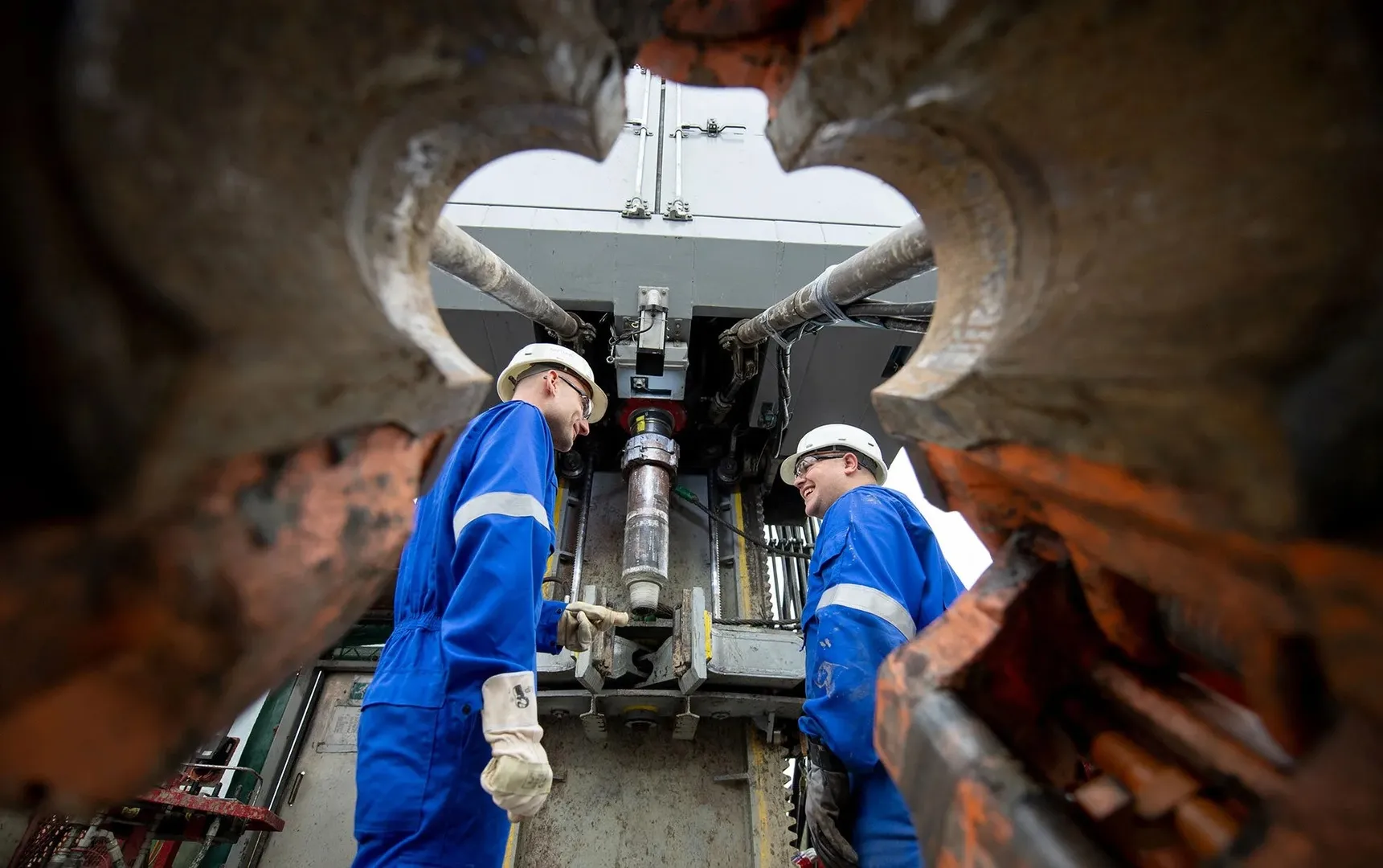
A global energy company has recently confirmed that Germany holds one of the world’s largest lithium resource bases, reportedly amounting to 43 million tons of lithium carbonate equivalent (LCE).
The resource base, according Neptune Energy, is located in the Altmark Region in Northern Saxony Anhalt, Germany, an area which is already known for its 55-year legacy in natural gas production.
The discovery followed after the UK-based oil and gas exploration and production firm commissioned the international and independent valuation agency Sproule ERCE to determine the resource base for a lithium extraction project in the region (CIM/NI43-101 standard).
Neptune Energy’s CEO, Andreas Scheck, emphasized that the new assessment highlights the significant potential of the company’s license areas in the state of Saxony-Anhalt. “This enables us to contribute significantly to the German and European supply market for the critical raw material lithium,” he explained.
A new energy chapter
The Altmark basin, located in the state of Saxony-Anhalt, has long served as a key site for natural gas extraction. Once one of Europe’s largest gas fields, it’s part of the Permian Basin that stretches across Northern Germany into Russia, Ukraine and Poland.
Neptune Energy and its predecessor companies have harnessed the region’s geological resources since 1969. Recent data now shows that the Rotliegend brines from the vast Altmark gas field are not only strongly mineralized but also highly enriched in lithium.
Sproule ERCE, which helps energy and finance stakeholders make better decisions by integrating technical, commercial and operational expertise, confirmed 43 million tons of lithium carbonate equivalent (LCE) in the area.
“This means that one of the world’s largest project-based lithium resources is located in Northern Saxony-Anhalt,” Neptune Energy, revealed.
For comparison, the Lithium Triangle, shared between Argentina, Bolivia and Chile, holds 53 percent of the world’s lithium resources. It contains nearly 50 million tons of the alkali metal.
This prompted the company to shift its focus from fossil fuels to clean, high-demand battery materials. Instead of relying on environmentally damaging methods like open-pit mining or evaporation ponds, the firm is now deploying a process known as direct lithium extraction (DLE) from underground brine.
This technique is designed to minimize land use and environmental impact, and instead relies on sophisticated ion-exchange and adsorption processes to isolate lithium from brine deposits.
Strategic licensing moves
In August 2025, Neptune Energy completed its second pilot project using DLE technology from its partner Lilac. It successfully extracting battery-grade lithium carbonate from Altmark’s geothermal brine. A third pilot test, focused on an adsorption-based process, began is currently underway.
If granted the necessary mining permits, Neptune plans to follow up the pilot phase with a demonstration-scale facility that integrates extraction, processing, and production. This would serve as the final step before full-scale commercial operations.
At the moment, Neptune Energy holds the Jeetze-L production license along with three exploration licenses for lithium in the Altmark region. It received the Milde A-L and Milde C-L licenses in 2024. A year later it also obtained the Milde B-L license in the southeastern part of the region.



